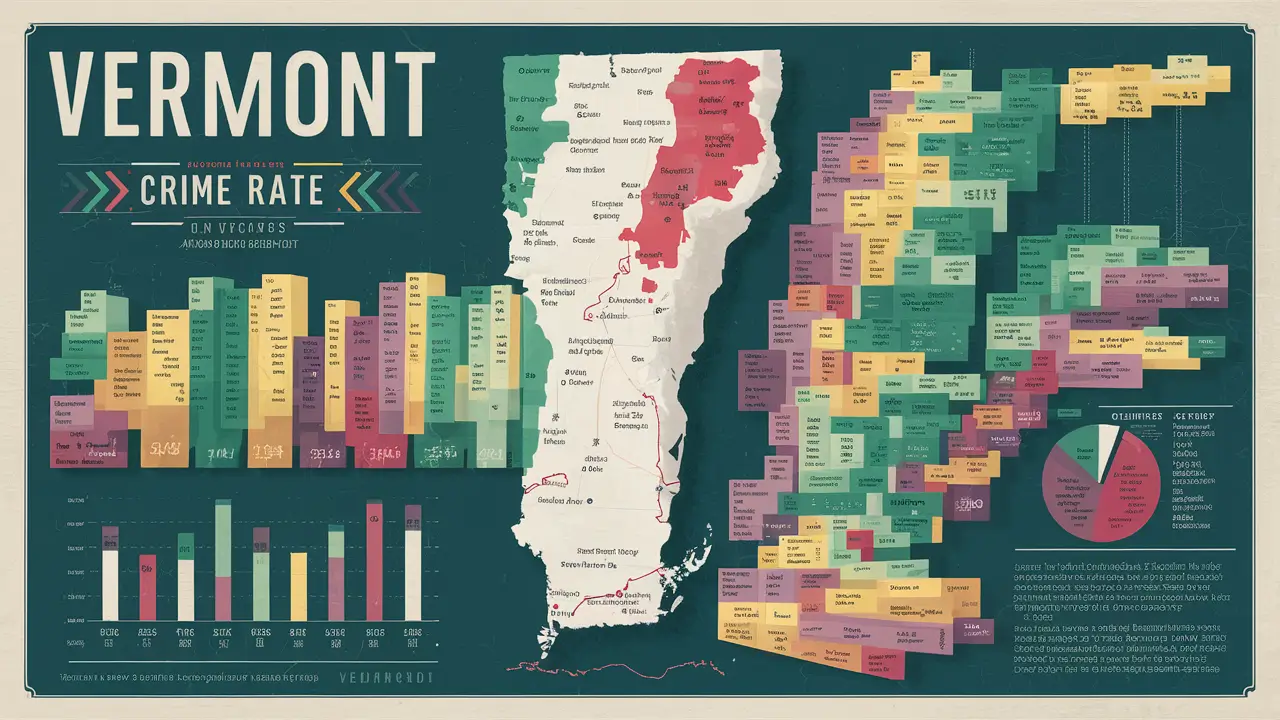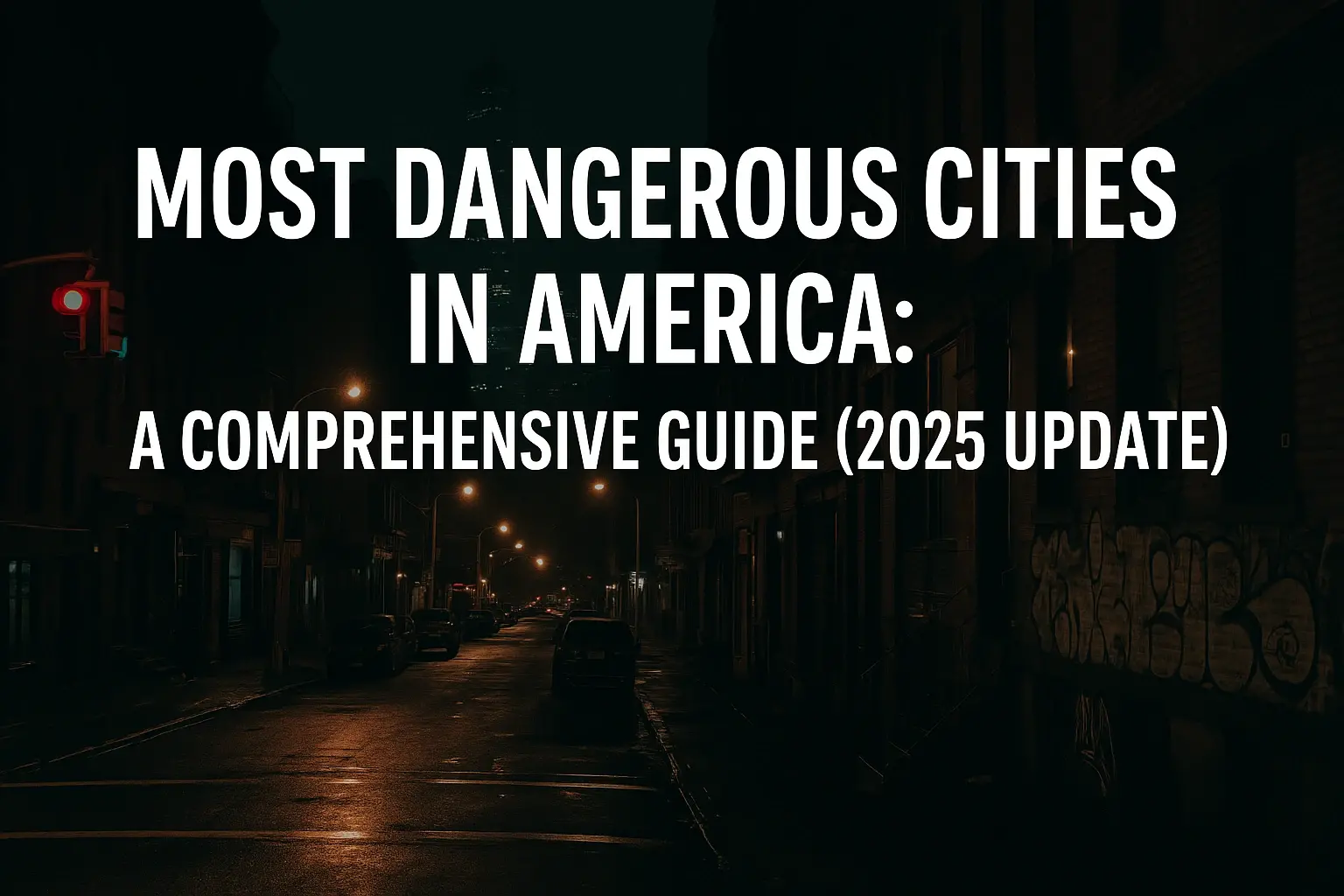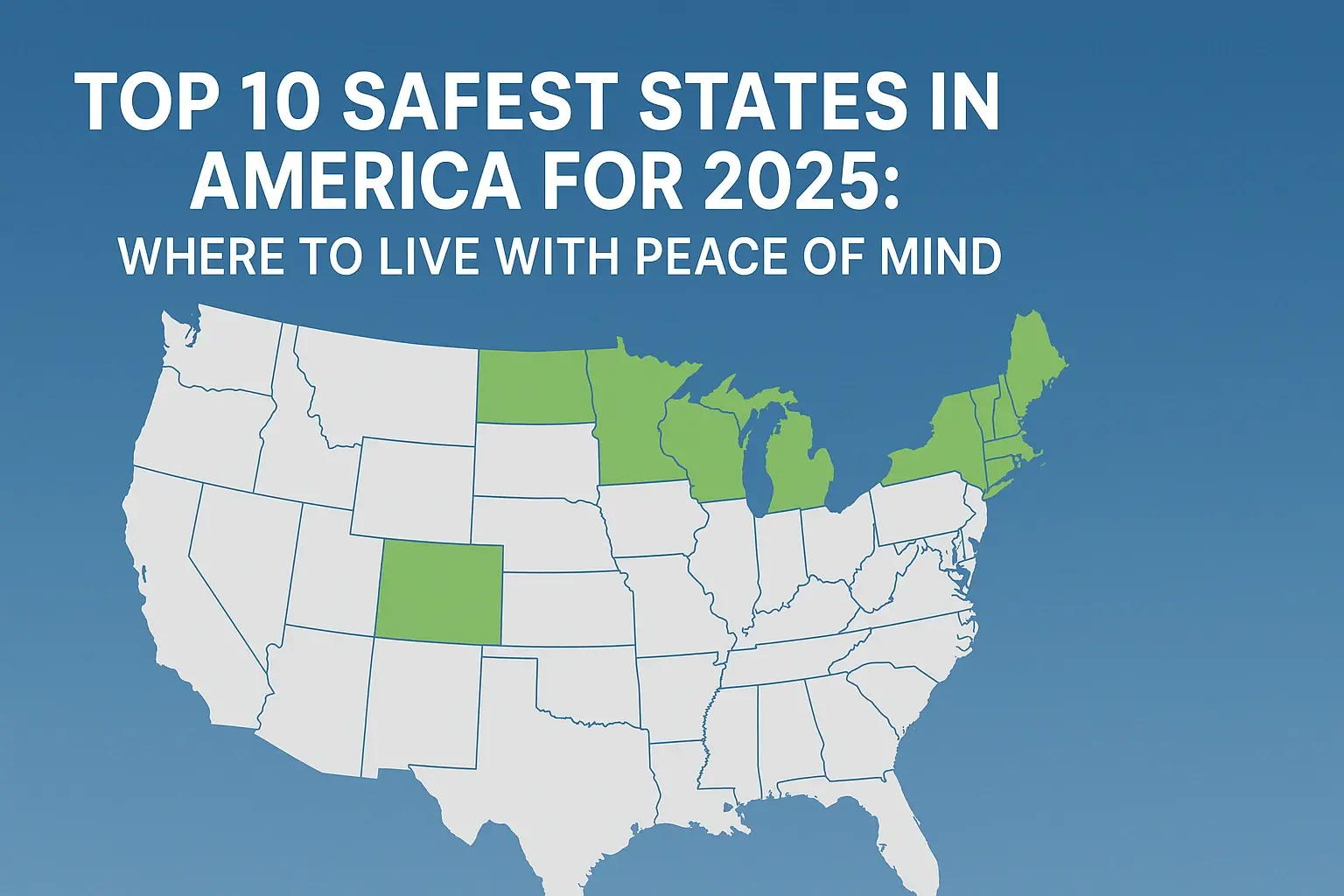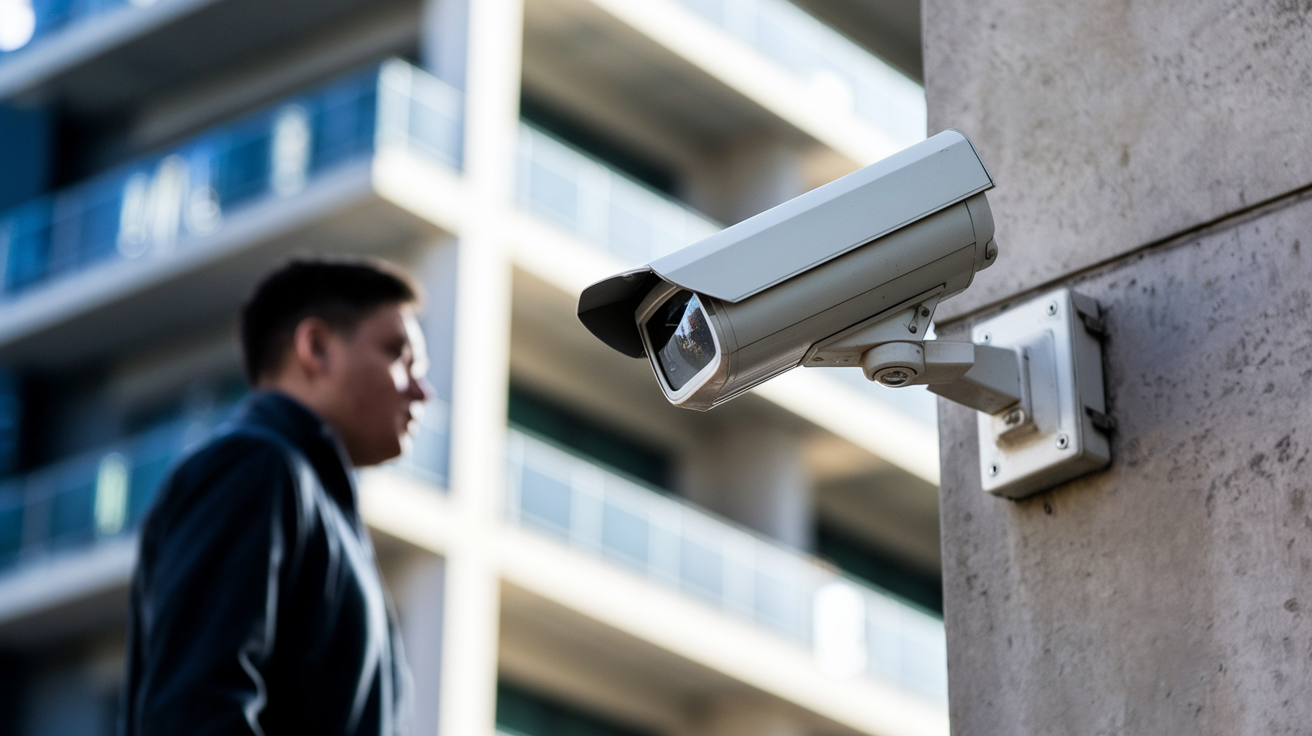Vermont is well renowned as a place where people feel safe and crime rates are rather low. One of the safest states in America; even after counting all the years, Vermont stayed among the safest states in the US. Still, it's crucial to realize that crime is unavoidable regardless of state—including Vermont. Knowing the crime rate in Vermont will help residents of the state to know what to expect in terms of crime, ensuring their safety.
Overall Crime Rate
Vermont came in second safest state for violent crime and fifth safest for property crime according to the FBI's most current 2020 Uniform Crime Report. Less than a third of the rate noted in the United States, the violent crime rate was 116.2 events per 100,000 people. With 1175.4 per 100000, the property crime rate was far lower than that of the United States, where the provided figure was 2549.3 per 100000.
Though it has seen multiple humps, Vermont's crime rate has not been significantly rising throughout the past ten years. The violent crime rate is cyclic and peaked in 2018 before beginning a slowdown once more. Property crime rates from 2016 to 2019 showed a quite minor increase; then, in 2020, they slightly dropped. Still, Vermont's crime rates have been rather low at the national level.
Although Vermont's crime rate is somewhat low compared to many other states, crime is nonetheless rampant and it does not affect all people in the same way. Learning about the area's crime rates could perhaps be equally beneficial in helping one to see things from another angle.
Violent vs. Property Crime
For the sake of establishing a clear understanding of Vermont’s crime rate, one has to make a distinction between the rates of violent and property crimes.
Defining criminal violent crimes as those criminal acts judged as violent in society, they consist of murder, rape, robbery, and aggravated assault. Vermont came in second lowest in US violent crime rates. In 2020 the state had 16,000 homicides; there were also 198,000 robberies and 352 serious assaults.
Property crime consists of motor vehicle theft, robbery, and theft of properties. Among the components of property crime include larceny-theft, burglary, and motor vehicle theft. Vermont has a rather low property crime rate, however, compared to violent crime rates, property offenses are rather more common even if their incidence is modest. 2020 has seen 449 burglaries/forcible entries, 9297 occurrences of larceny theft, and 593 motor vehicle thefts.
While violent crime rates make up for the most eye-catching statistics, the majority of all crimes committed in Vermont pertain to non-violent property crimes. Despite this, violent and property crime here is far from reaching the national average.
Crime by Location
This implies that the level of criminality is not constant throughout the state of Vermont, but there are some cities and towns that have high crime rates. There is a belief that the crime rate is significantly higher in urban areas than in rural regions. Nonetheless, none of these cities can be considered very large or even dense within the context of American cities.
Thus, St. Albans was ranked the most dangerous city in Vermont in 2020 with an overall violent crime rate of 380 per 100000 residents. Other cities with higher levels of violent crime were Barre, Rutland, Montpelier, and Burlington. Winooski and Hartford also recorded higher property crime compared to the average rates across the state.
On the other end, it was apparent that towns such as Williston, Shelburne, Colchester, and Essex indicated very minimal crime. While crime is rife in most big cities, affluent suburban neighborhoods are known to be some of the safest in the world. To summarize, low levels of crime are also characteristic of remote rural towns.
Key Takeaways
Vermont is still recognized as one of the safest U.S. states with rather low crime rates even if everyone is aware that no state is immune to crime. Regarding the rates of violent and property crimes, the city's figures are well below the national norm. Furthermore noteworthy is Vermont's quite tiny population, which largely resides in rural areas; this can help to lower the crime rate in such locations.
However, no place is without its criminal elements and Vermont is no exception. Youth think that crime affects some particular areas in different societies. It is important to understand the data regarding crime within localized regions to gain a better picture. In conclusion, Vermont continues to be one of the safest places to live in America, and it deserves the title accordingly.
Preventing crime in Vermont means the need to continue with community involvement and prevention the next year. Thankfully, Vermont boasts of a strong and communitarian model of policing that benefits its population. Thus, with the cooperation of the citizens and the police authorities, the Green Mountain State can maintain the image of a safe and secure state where people can live, work, and travel.







